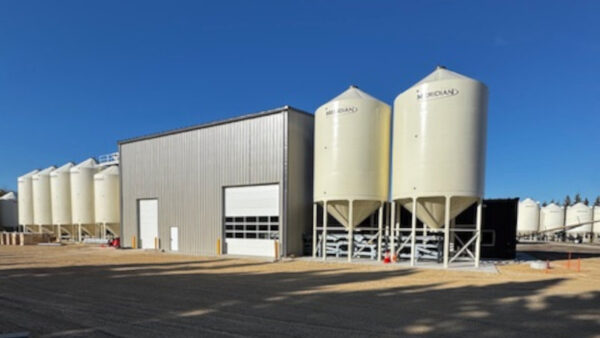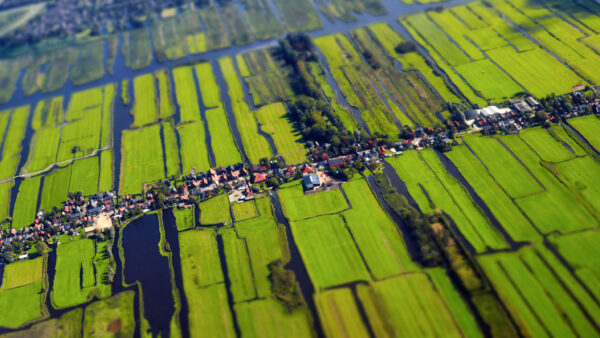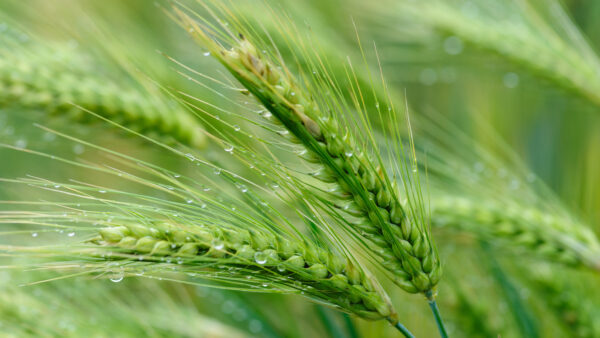
“The price of farmland in Canada has outpaced both residential and commercial real estate.” |
Farmland is Canada’s Hottest Real Estate Market
“As any farmer will readily tell you, the agriculture business has had a tough run. Agriculture was once an economic mainstay. Turn back the clock to 1950 and the sector employed nearly a fifth of Canada’s work force. Today, agriculture accounts for less than two per cent of the country’s employed workers, while its share of gross domestic product is also a shadow of what it once was. Farm prices have languished for decades, as Canada’s population has shifted from rural to urban. By the 1990s, North America was losing two acres of productive farmland to development every minute.
How the world has changed for Canada’s farmers in 2013. The hottest sector of the country’s real estate market is, you guessed it, farmland. The price of farmland in Canada has outpaced both residential and commercial real estate, gaining an average of 12 per cent over the last five years. In some hotspots, such as southwestern Ontario, the price-per-acre has been going up by as much as 50 per cent a year. Even pension plans and hedge funds have become players in the pursuit of prime agricultural land, interest that is only sending prices that much higher.
If global food prices are any indication, such investments could be a solid bet. Over the last decade, global food prices have more than doubled, according to the United Nations FAO Food Price Index, which tracks monthly changes in prices for international food commodities. The food riots stemming from that price inflation were part of the spark that set off the Arab Spring. So far this year prices have been falling, but they still remain within shouting distance of the record highs reached in 2011.”
— Jeff Rubin, former chief economist of CIBC World Markets, in a column for the Globe and Mail
“This is a level that we haven’t seen before.” |
Record-Breaking Harvest
“It is a bumper crop, there’s just no two ways about it,” said Neil Townsend, director of market research with the CWB, in a recent CTV News article. “This is a level that we haven’t seen before. I mean it’s exceptional. We had pretty good weather, but the technology is also there to give people more yield, right. And you know we’re seeing that if the weather co-operates, the ability of the plant nowadays is to just give yields that you didn’t get before.”
Townsend said yield records could be broken for wheat, canola and durum. “And not just like a record, but in some cases it’s going to break the record by over 10 per cent,” he said. For example, he notes, the highest all-wheat yield in the last 10 years was around 42 bushels per acre and this year it is expected to be about 49 bushels per acre.
Seed’s Growth Potential
“I think the seed industry definitely has growth potential. Population continues to grow around the world; therefore, food demand will be higher where political and economic forces don’t restrict consumption. Genetic progress in drought tolerance should open lands on the margin or increase plant densities. Hopefully, that progress offsets challenges with water availability. Demand pressures potentially keep prices higher, although many suggest that some correction may occur. As long as prices are relatively high, land will be in production and the seed industry should continue to thrive and expand.”
— Scott Downey, associate professor in the department of agricultural economics and associate director of the Center for Food and Agricultural Business












